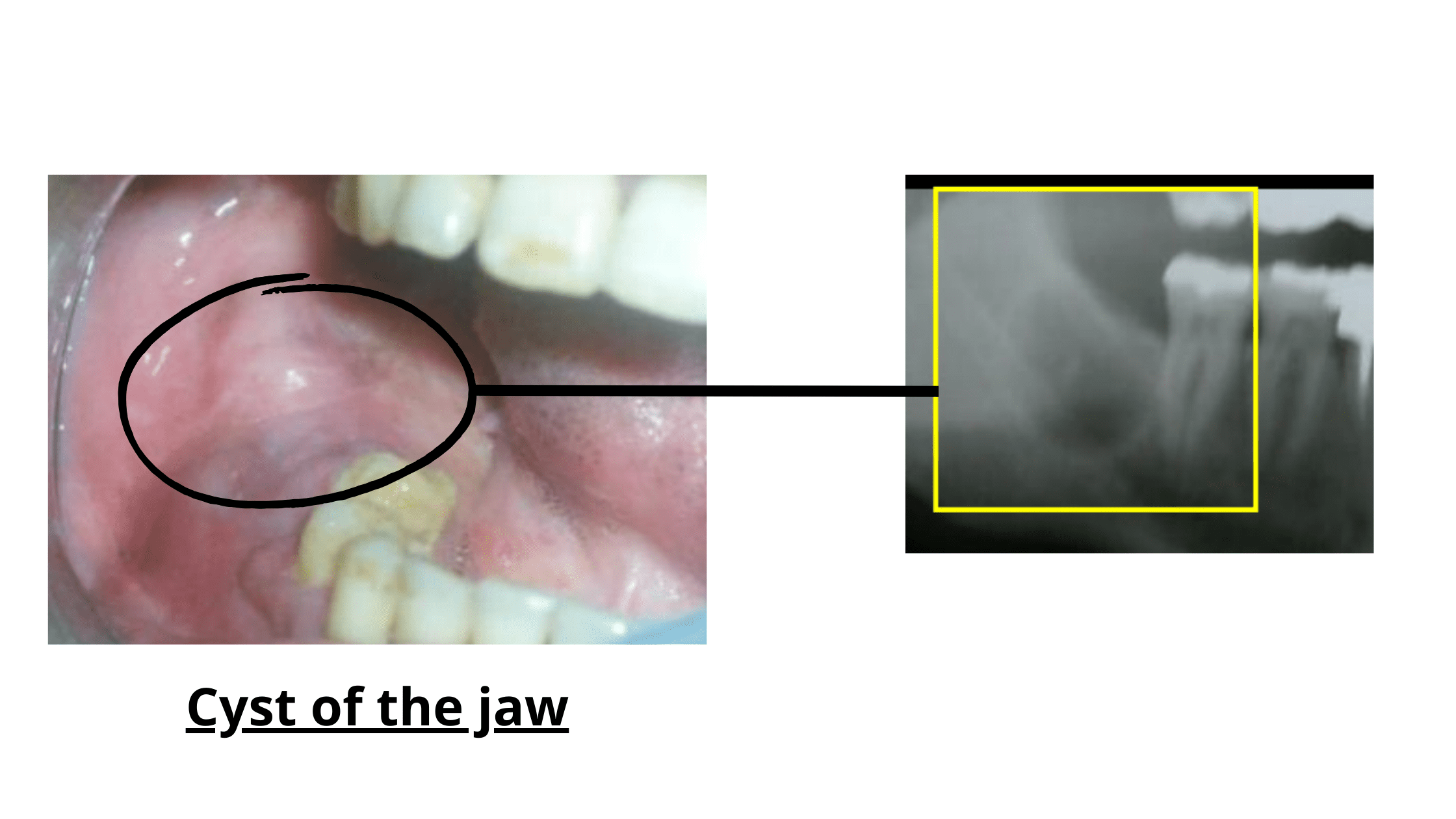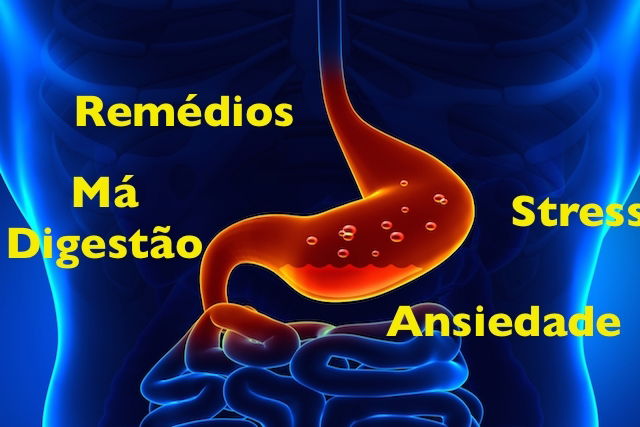After Wisdom Tooth Surgery Pain

The dreaded aftermath of wisdom tooth surgery - a rite of passage for many, but not exactly a walk in the park. As the anesthesia wears off, reality sets in, and the pain can be, well, a real challenge. But fear not, dear reader, for we’re about to dive into the world of post-wisdom tooth surgery pain management, and explore the various ways to make this recovery period as smooth as possible.
Understanding the Pain
First, let’s talk about why wisdom tooth surgery can be so painful. The procedure involves removing one or more of the four wisdom teeth, which are located in the back of the mouth. This can lead to inflammation, swelling, and bruising in the affected area, causing discomfort, pain, and stiffness. The severity of the pain depends on various factors, such as the complexity of the procedure, the individual’s pain tolerance, and the effectiveness of the anesthesia.
Common Symptoms
So, what can you expect after wisdom tooth surgery? Some common symptoms include:
- Pain: This can range from mild to severe and may be accompanied by aching, throbbing, or sharp sensations.
- Swelling: The area around the extraction site may become swollen, making it difficult to open the mouth or chew.
- Bruising: You may notice bruising or discoloration on the face, particularly around the jaw and cheek area.
- Bleeding: Some bleeding or oozing is normal, but excessive bleeding can be a cause for concern.
- Numbness: You may experience numbness or tingling sensations in the tongue, lips, or cheeks, which can be temporary or permanent.
Pain Management Strategies
Now, onto the good stuff - managing the pain! Here are some strategies to help you cope:
- Follow Your Surgeon’s Instructions: Your oral surgeon will provide personalized advice on pain management, so be sure to follow their instructions carefully.
- Pain Medication: Over-the-counter pain medication, such as ibuprofen (Advil, Motrin) or acetaminophen (Tylenol), can help alleviate pain and reduce inflammation. Your surgeon may also prescribe stronger pain medication, if necessary.
- Ice Packs: Applying an ice pack to the affected area can help reduce swelling and ease pain.
- Soft Foods: Stick to a soft food diet, such as yogurt, soup, or mashed potatoes, for a few days to avoid irritating the surgical site.
- Rest: Get plenty of rest and avoid strenuous activities, such as exercise or heavy lifting, for at least 24 hours.
Additional Tips and Tricks
Here are some extra tips to help you navigate the recovery period:
- Avoid Smoking: Smoking can delay healing, increase the risk of complications, and reduce the effectiveness of pain medication.
- Use a Saltwater Rinse: Rinsing your mouth with warm salt water several times a day can help reduce swelling, alleviate pain, and promote healing.
- Stay Hydrated: Drink plenty of water to stay hydrated and help your body recover from the surgery.
- Prop Your Head Up: Elevate your head with extra pillows at night to reduce swelling and promote drainage.
Frequently Asked Questions
How long does it take for the pain to subside after wisdom tooth surgery?
+The pain typically subsides within 3-7 days, but it can vary depending on individual factors, such as the complexity of the procedure and pain tolerance.
Can I drive after wisdom tooth surgery?
+It's generally recommended to avoid driving for at least 24 hours after the surgery, as the anesthesia and pain medication can impair your reaction time and judgment.
What are the potential complications of wisdom tooth surgery?
+Potential complications include dry socket, infection, nerve damage, and bleeding. It's essential to follow your surgeon's instructions and attend follow-up appointments to minimize the risk of complications.
Conclusion
Wisdom tooth surgery can be a challenging experience, but with the right mindset, pain management strategies, and aftercare, you can navigate the recovery period with ease. Remember to follow your surgeon’s instructions, prioritize self-care, and stay hydrated to ensure a smooth and successful recovery. And, if you have any concerns or questions, don’t hesitate to reach out to your oral surgeon or healthcare provider for guidance.

